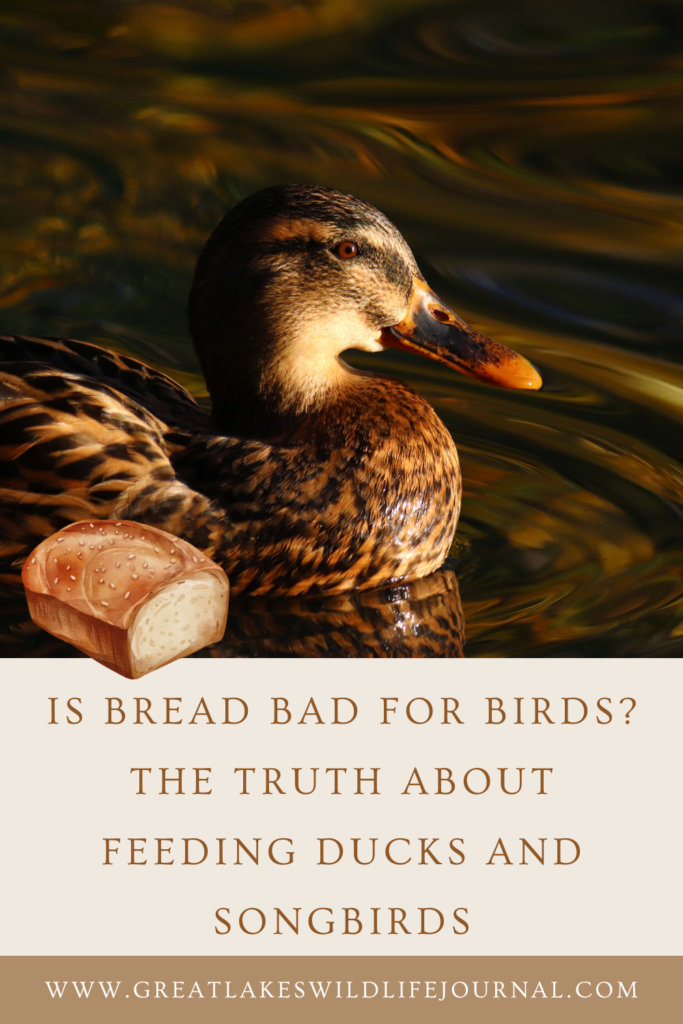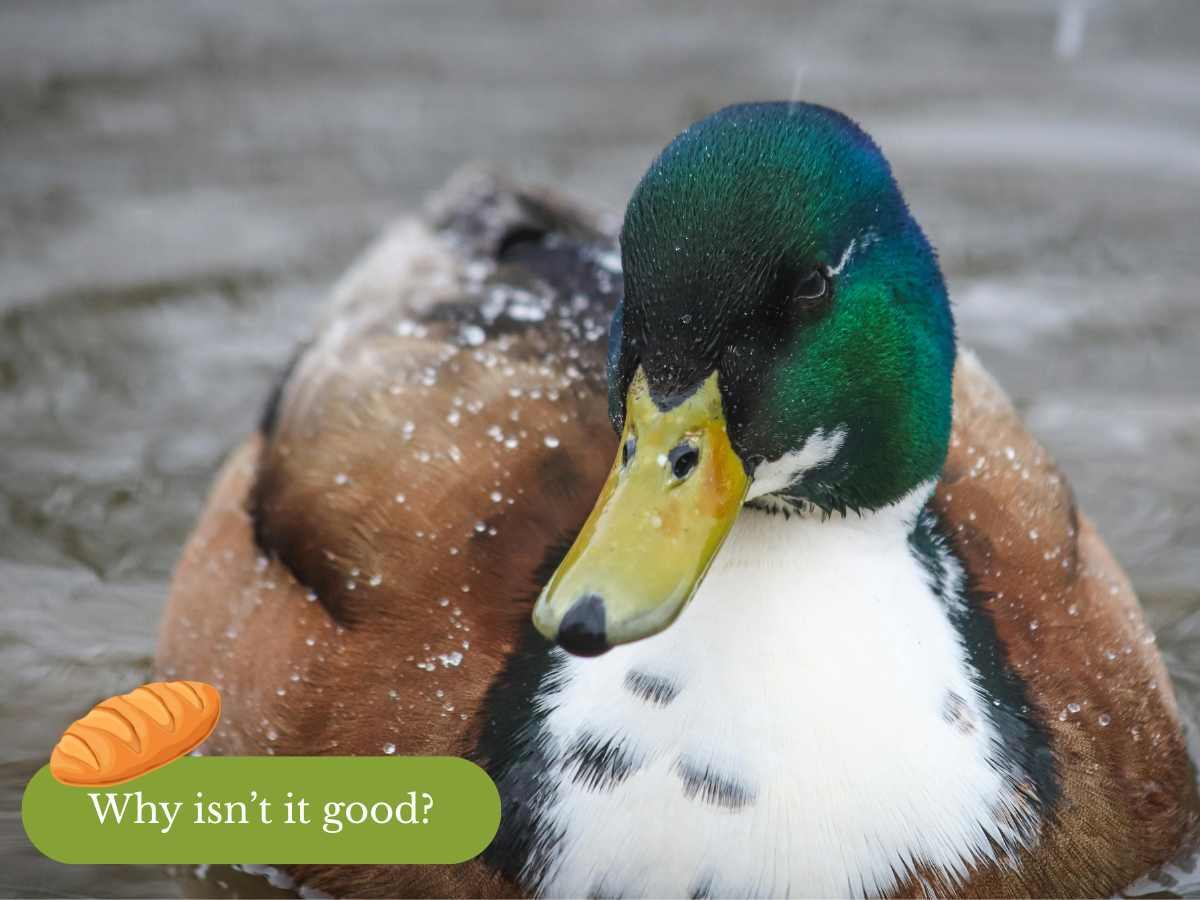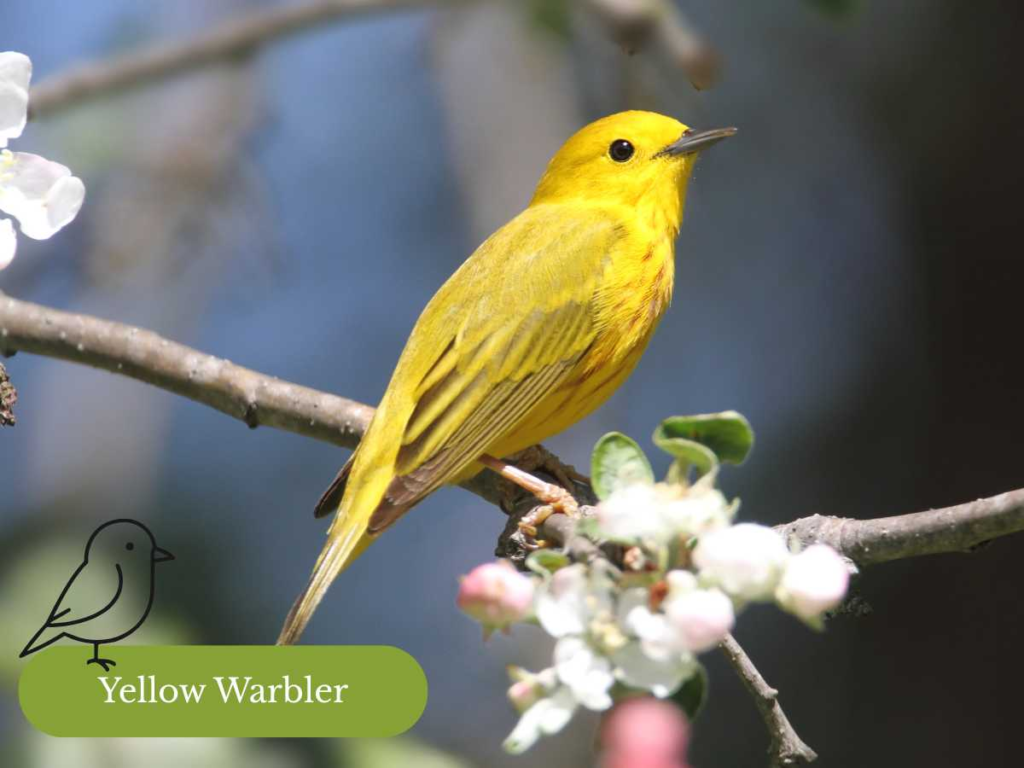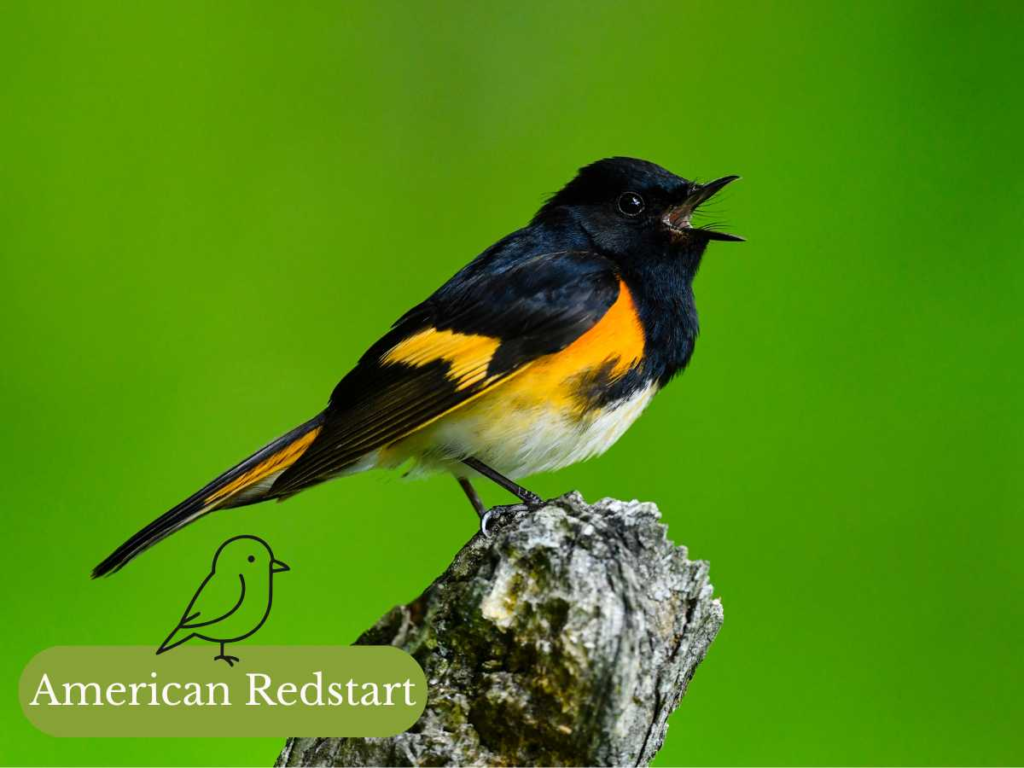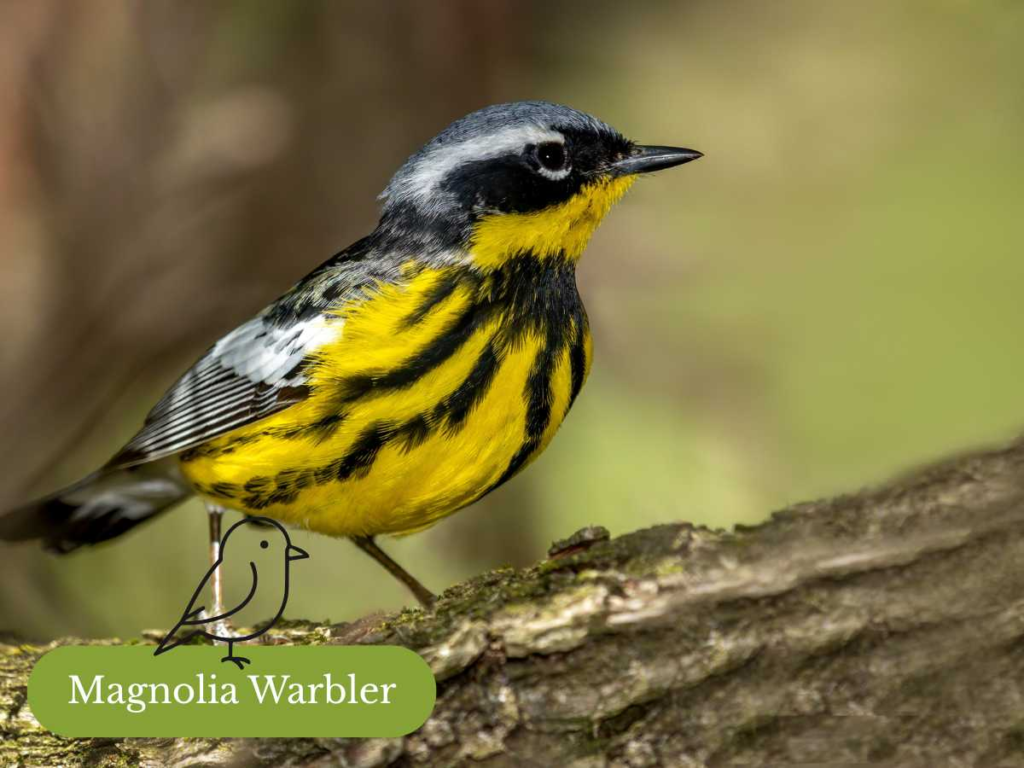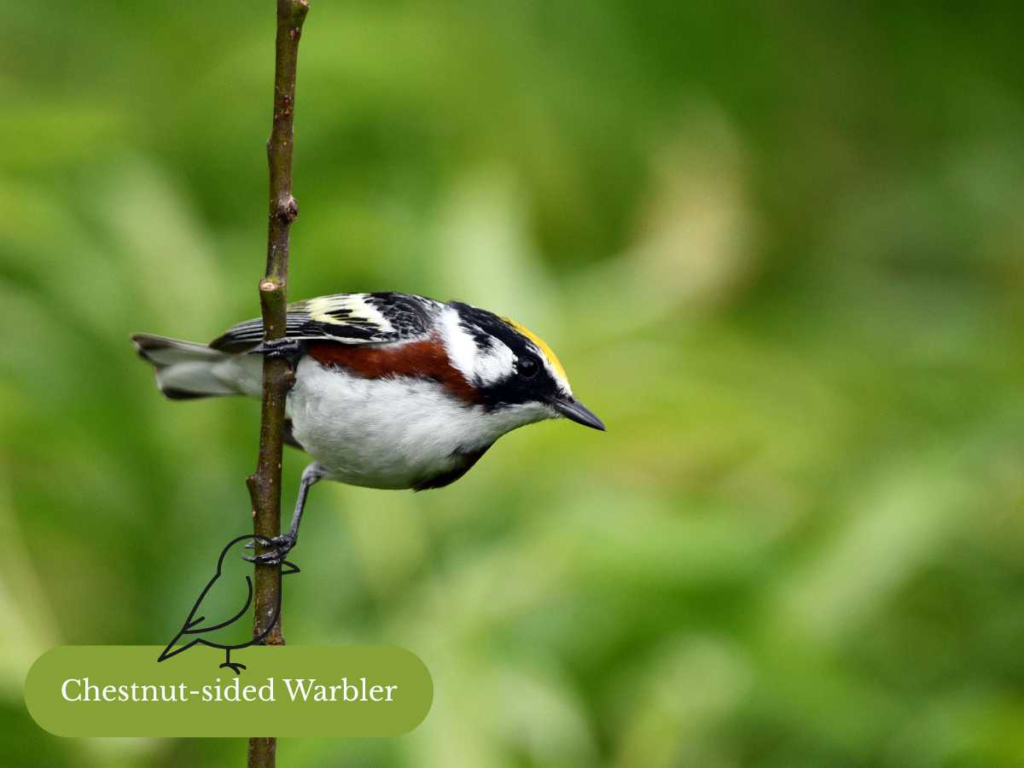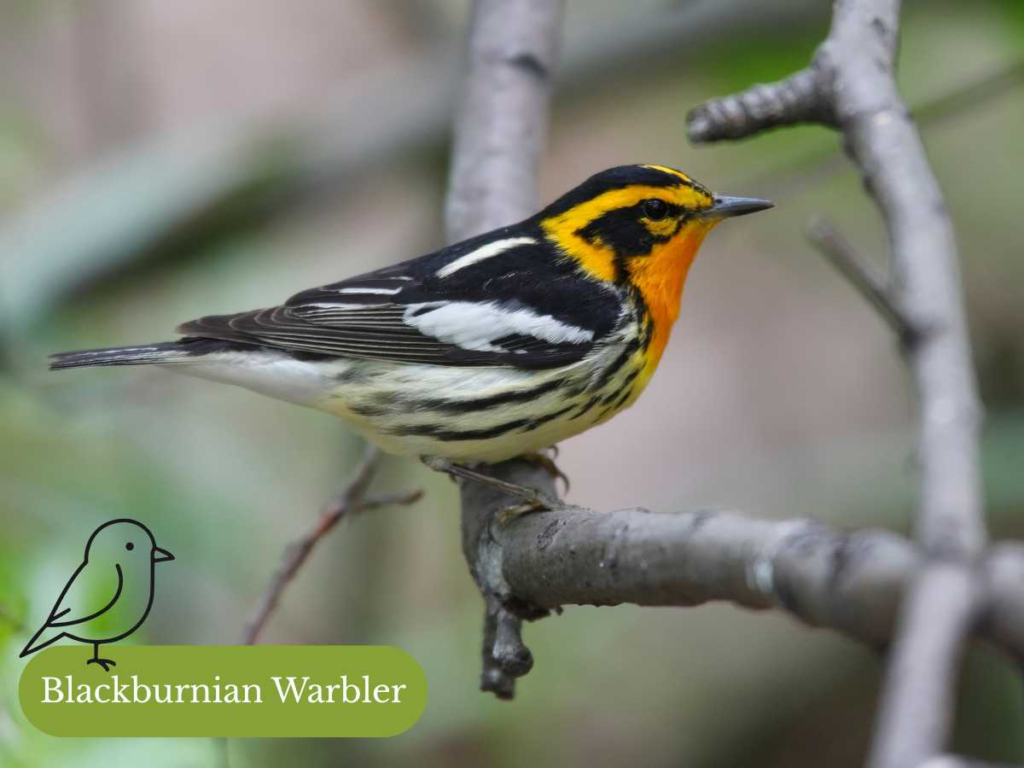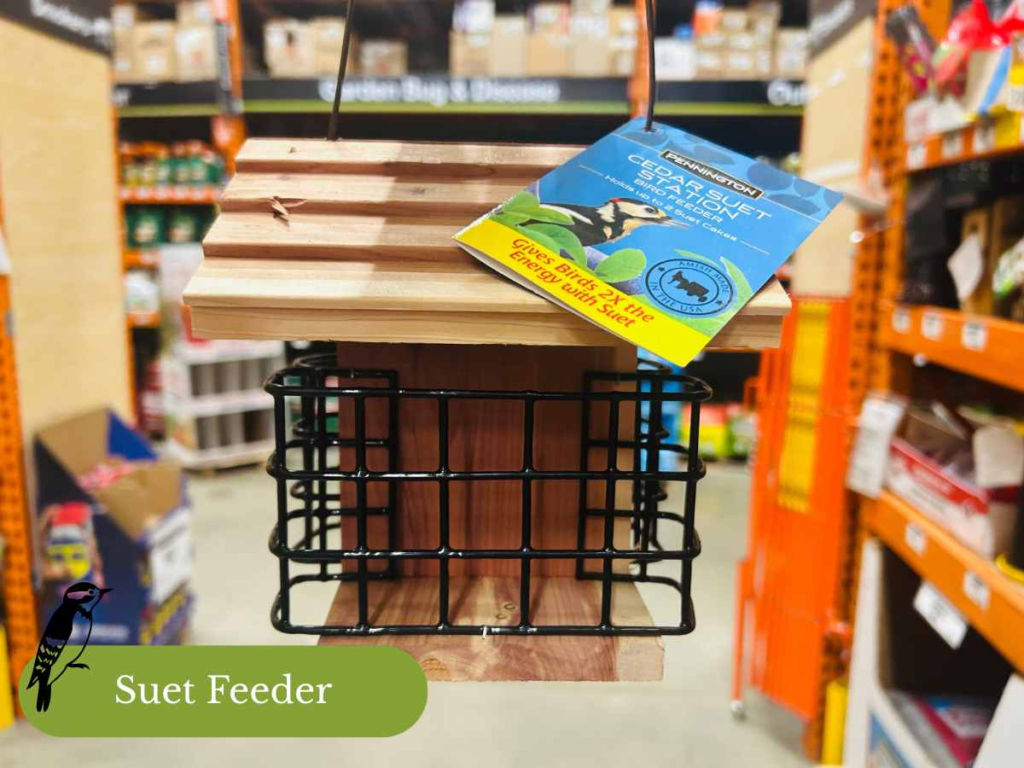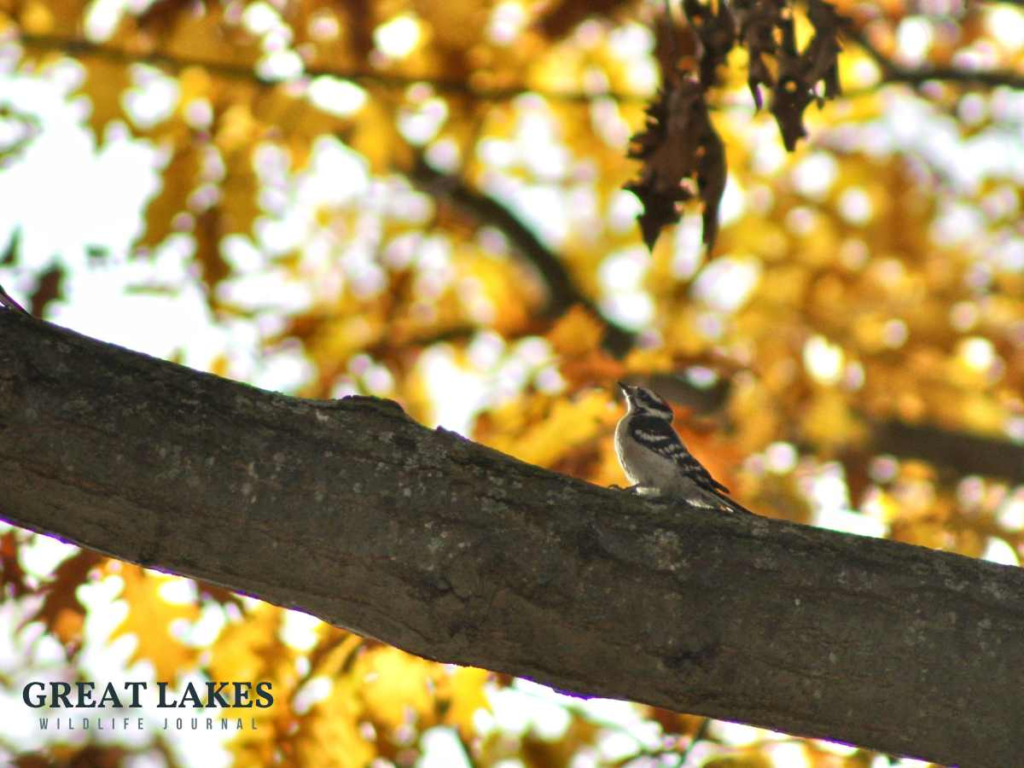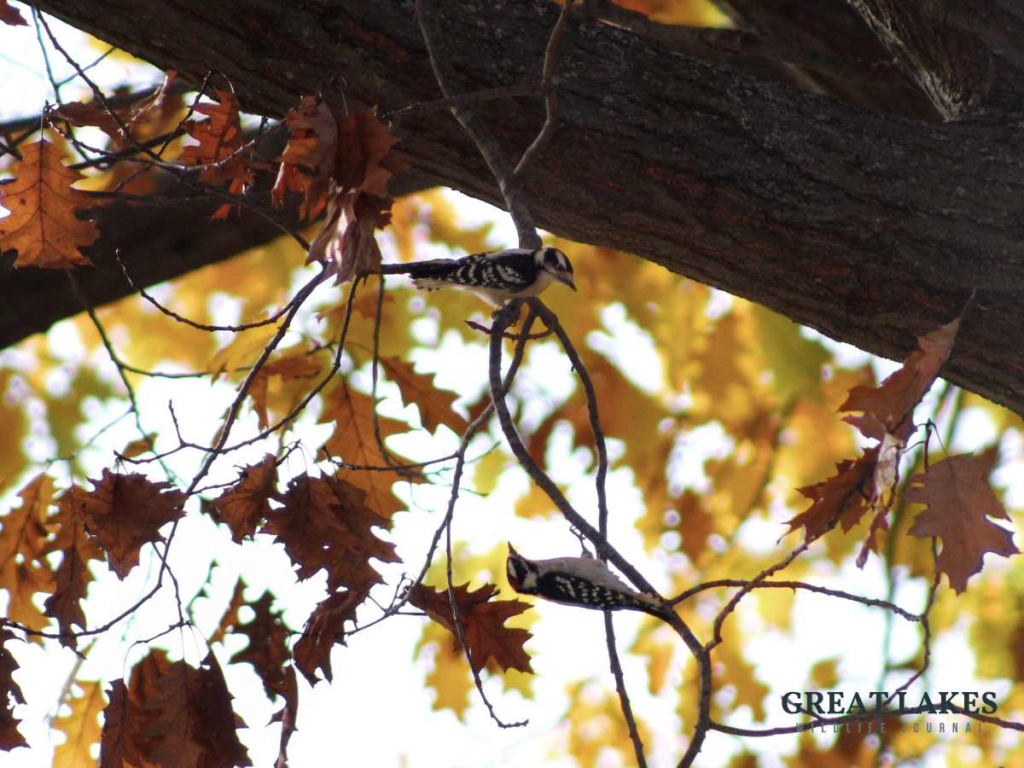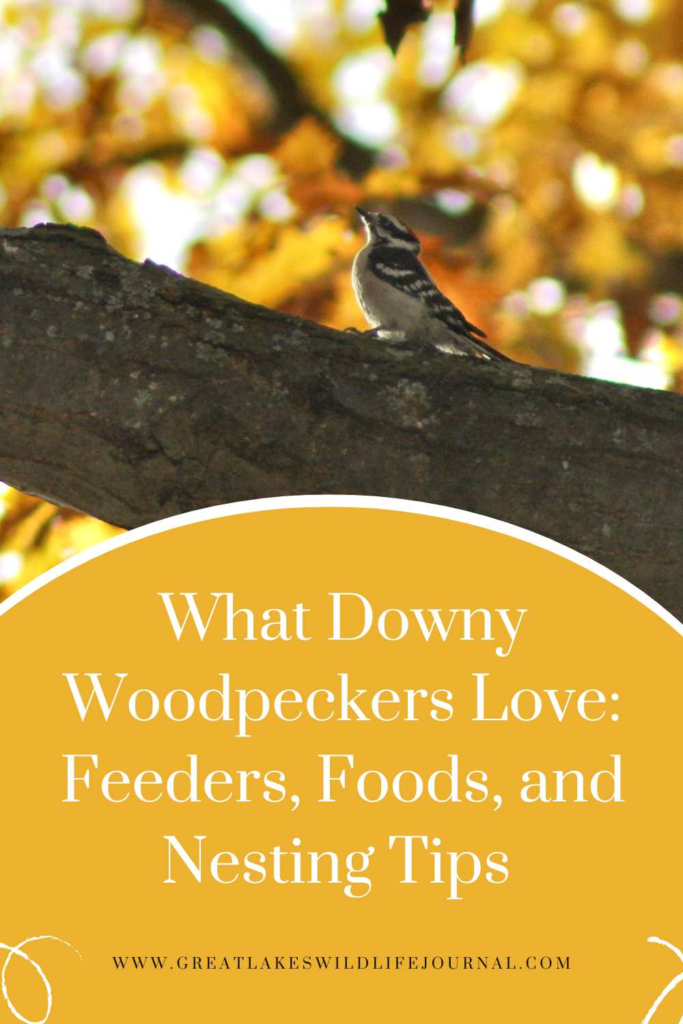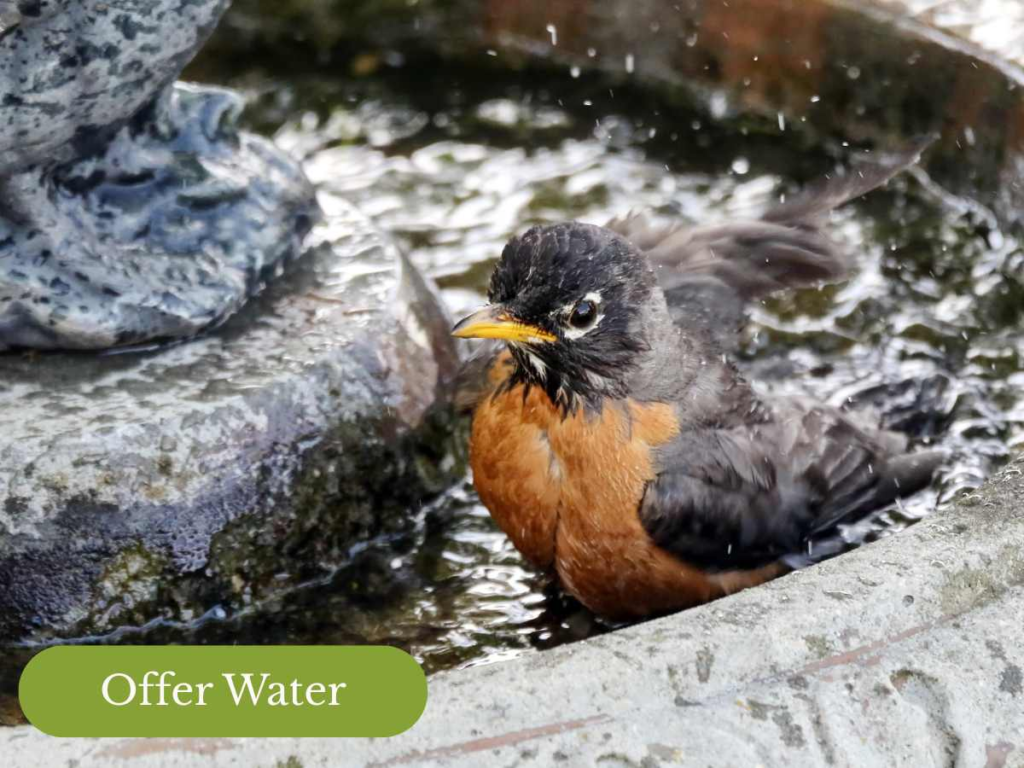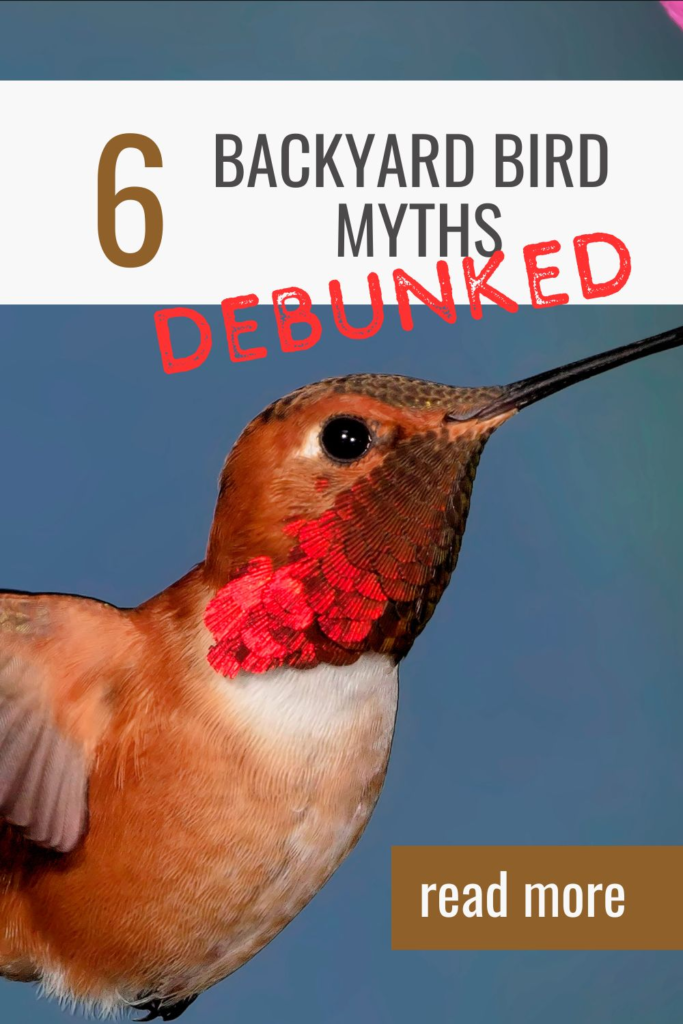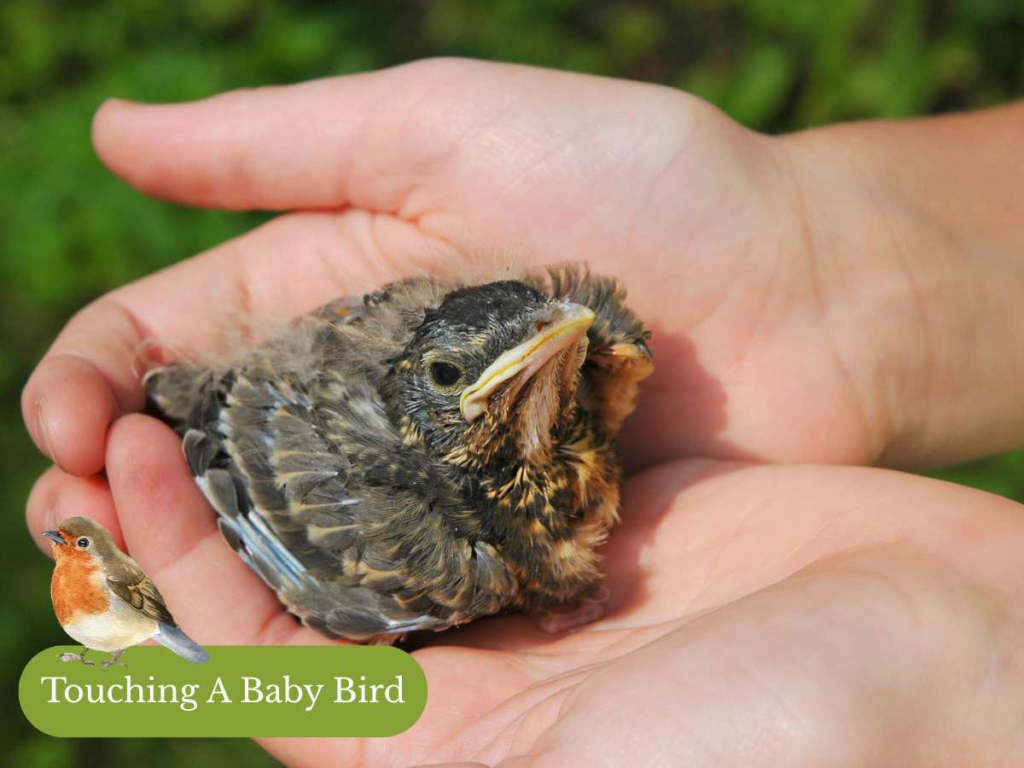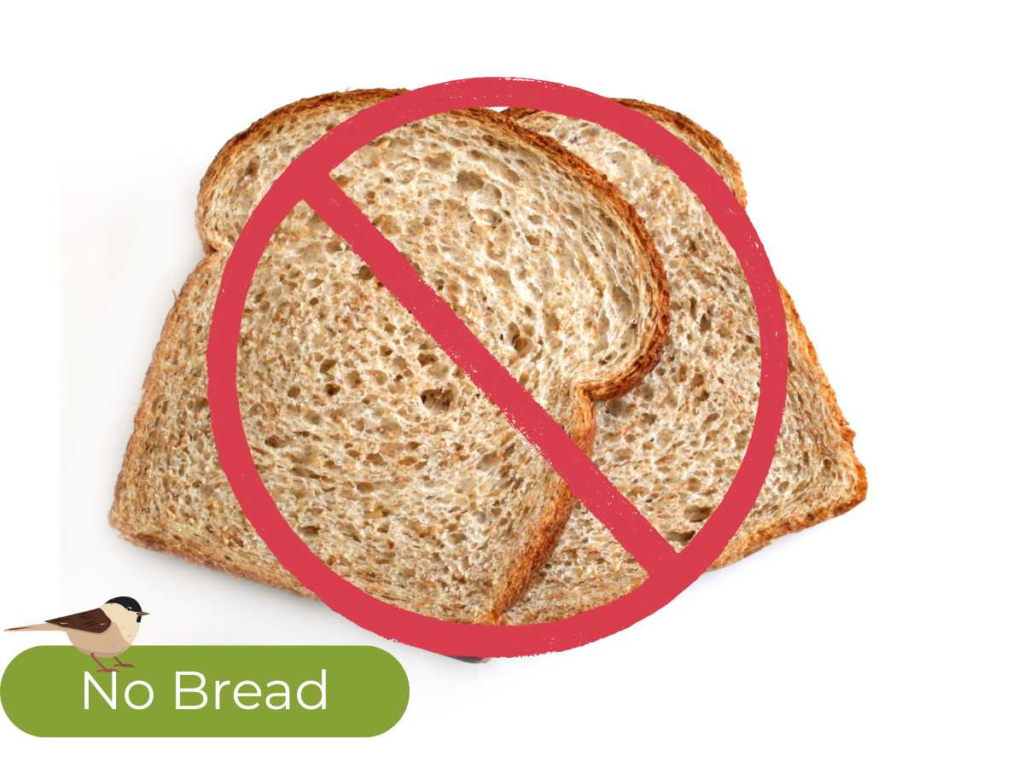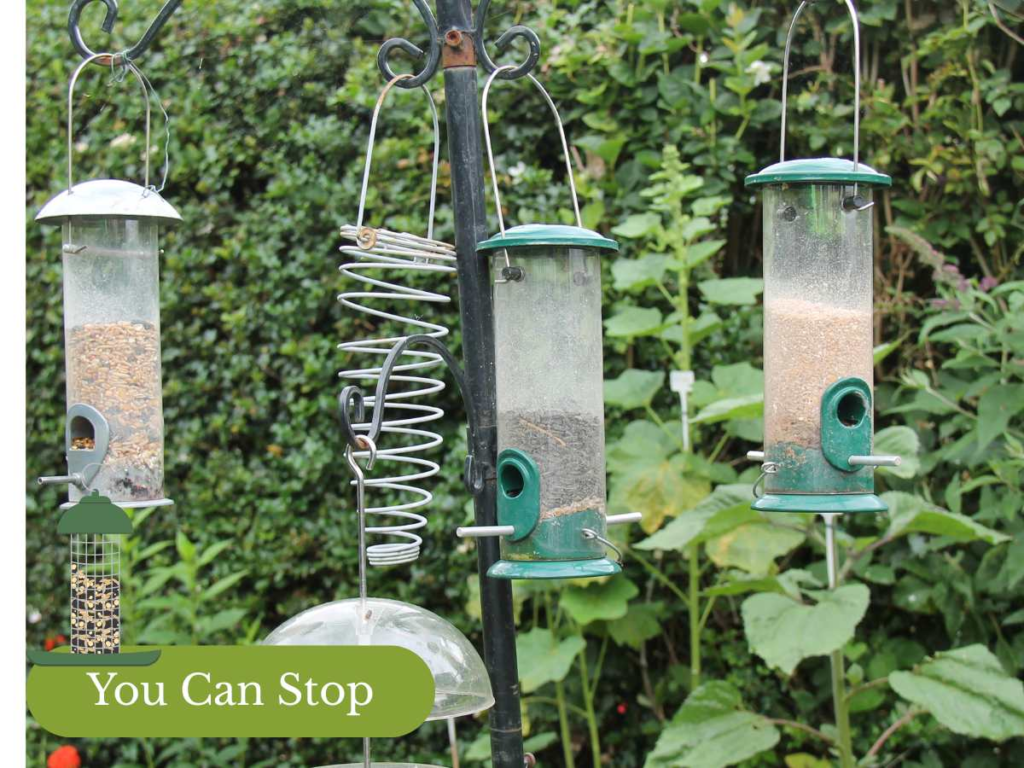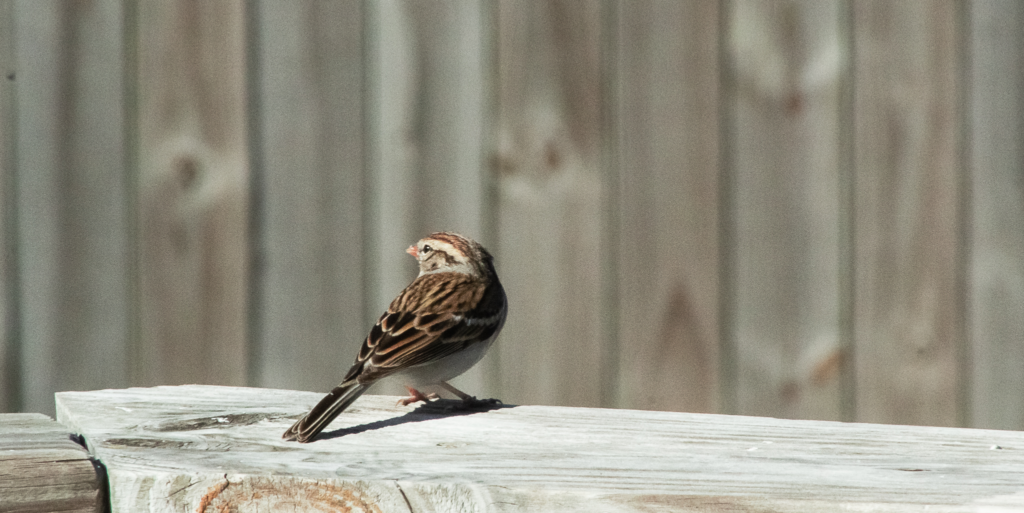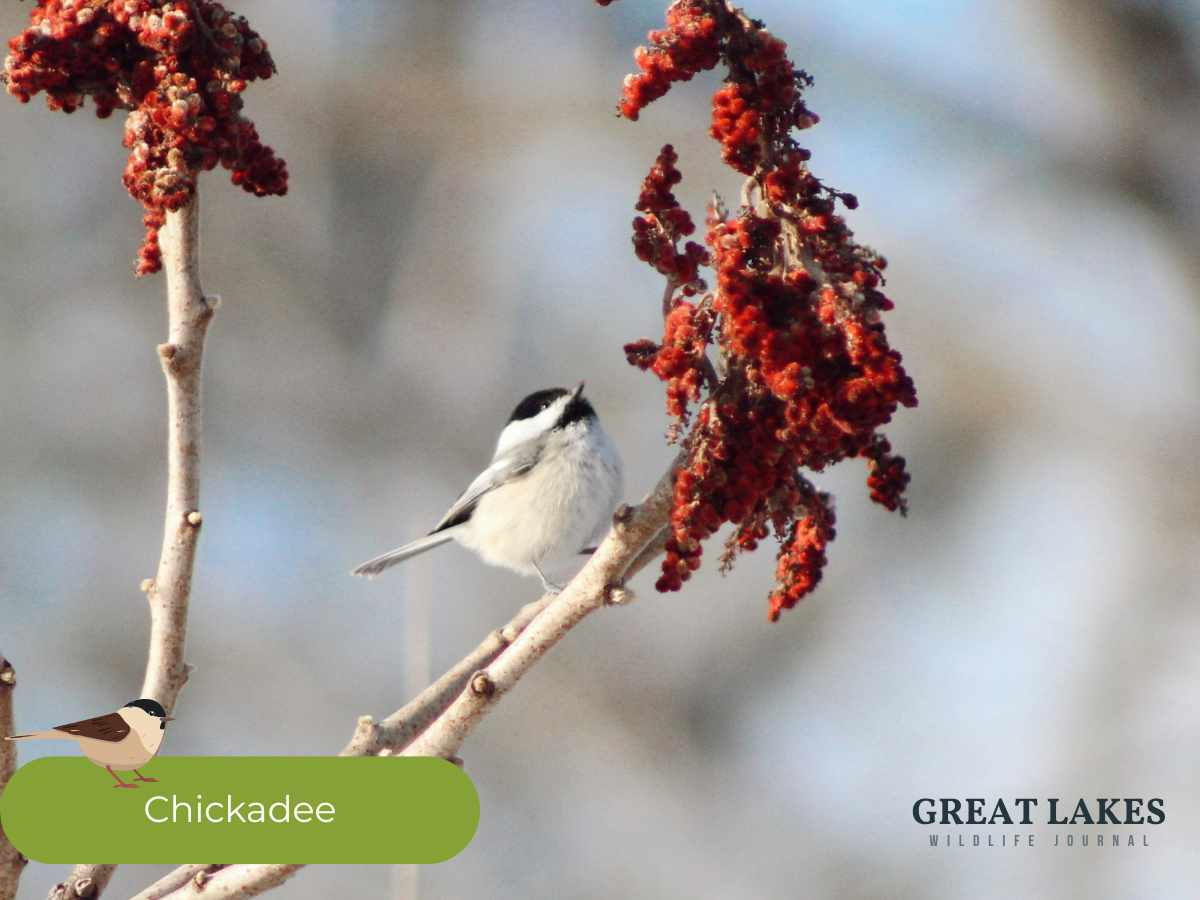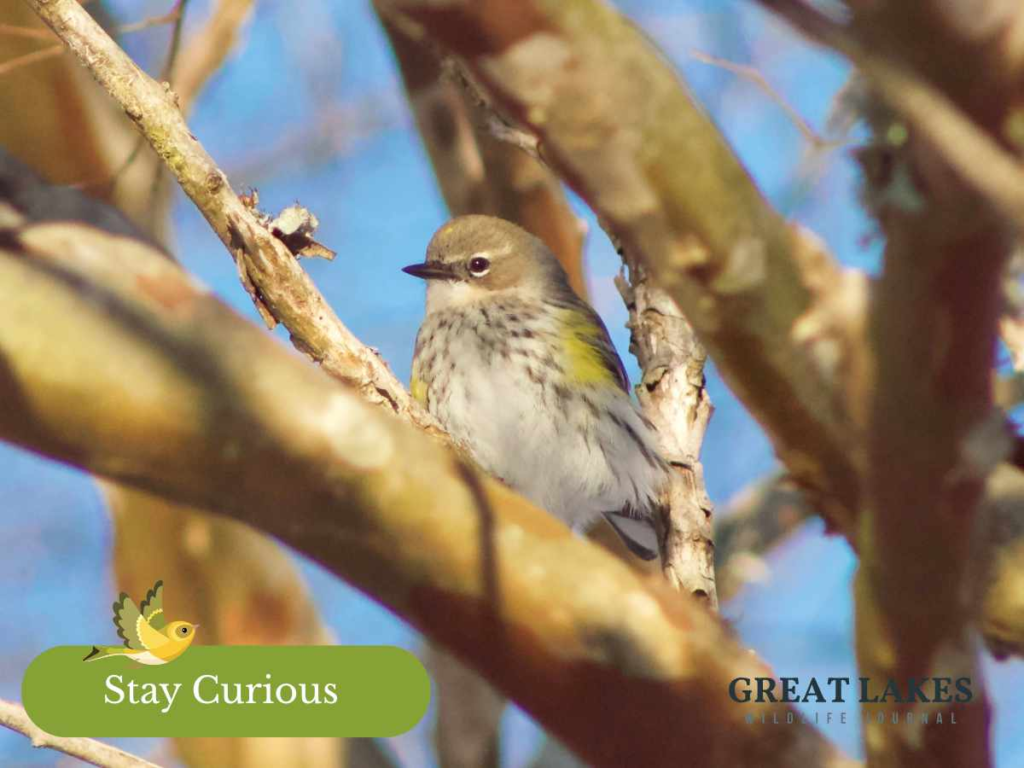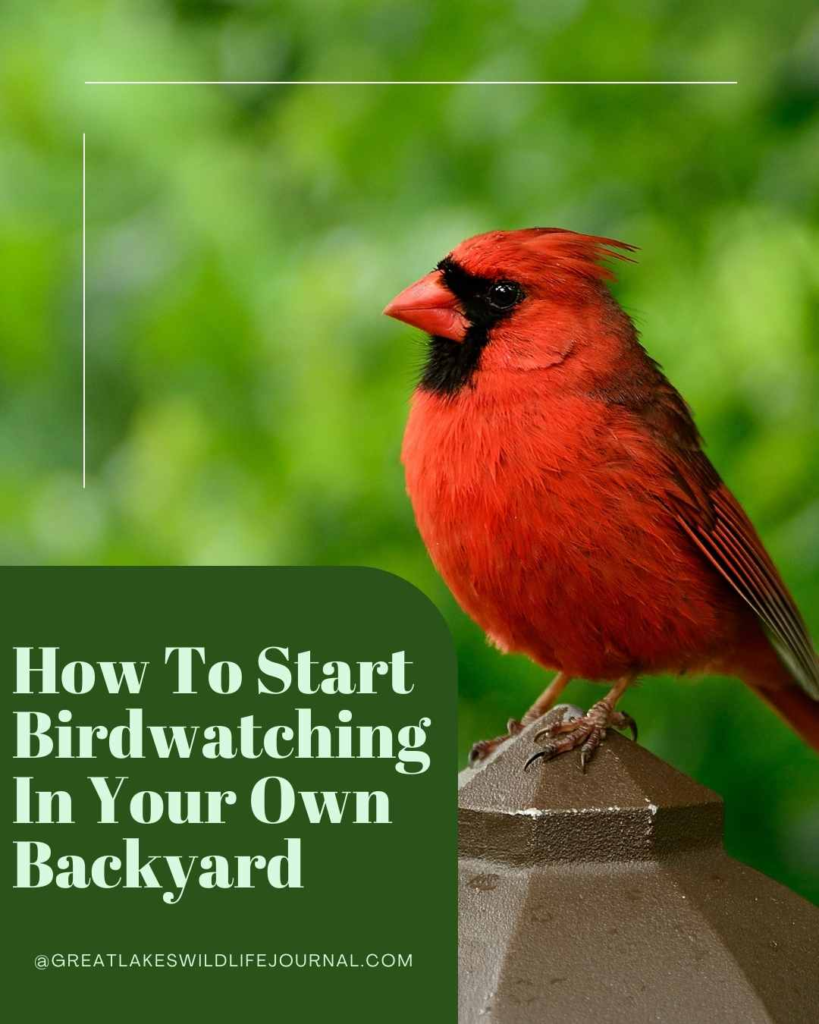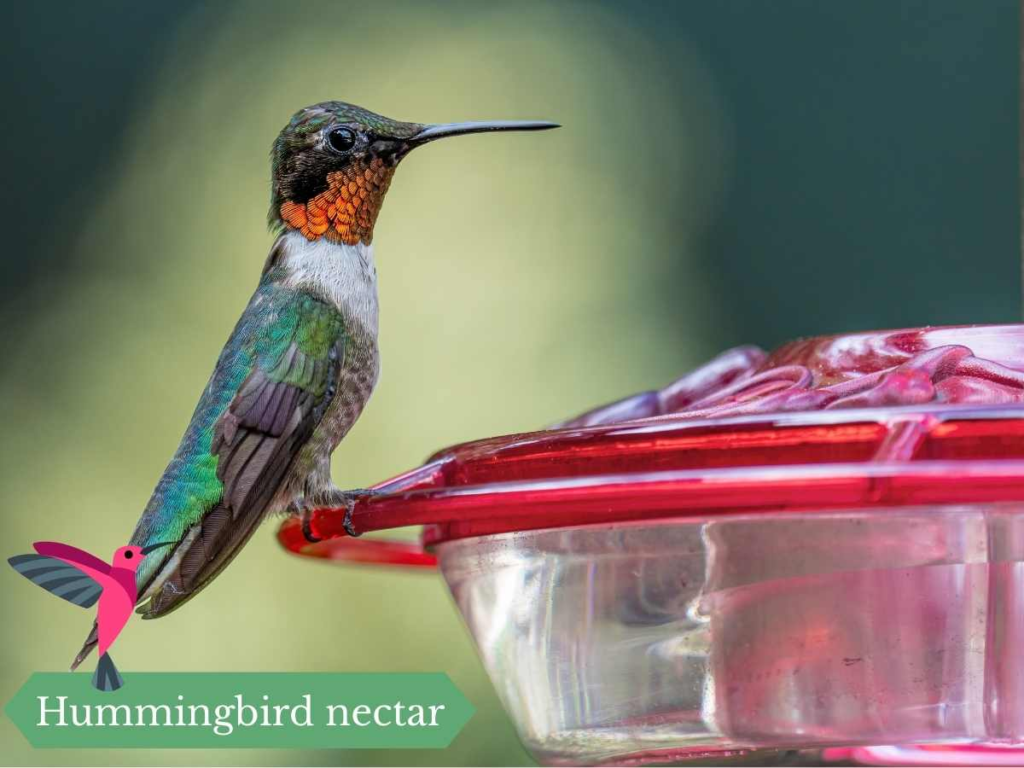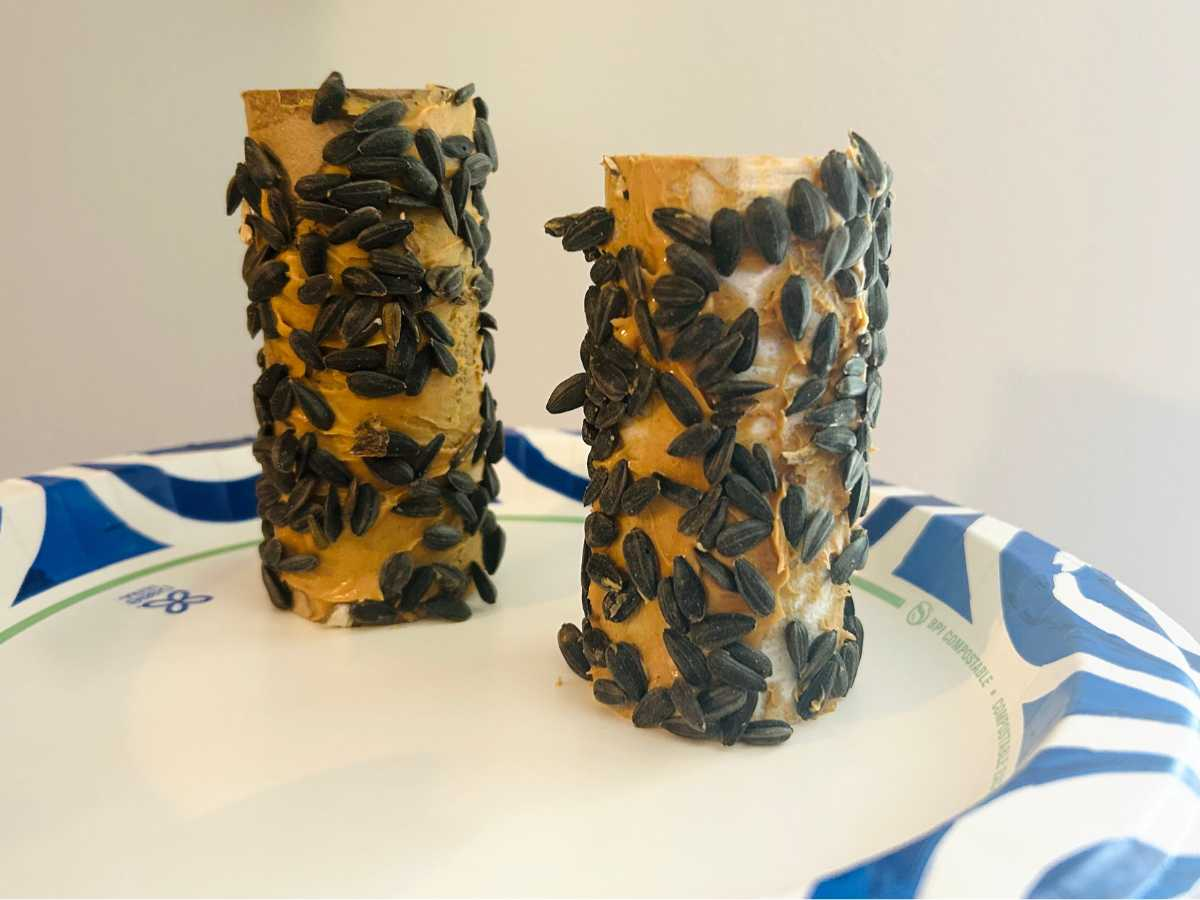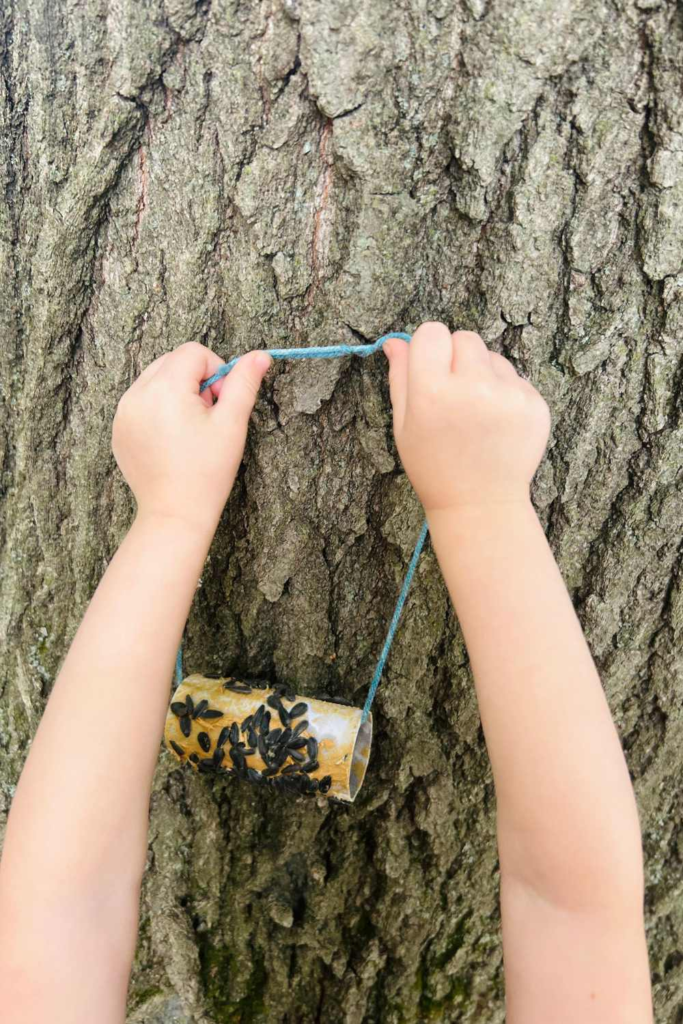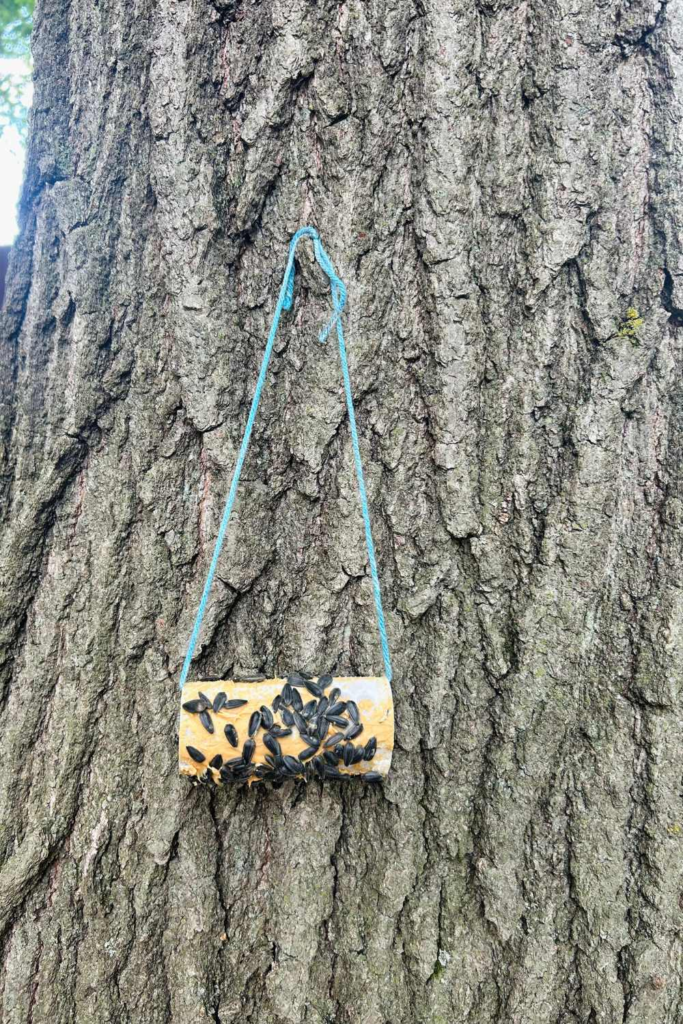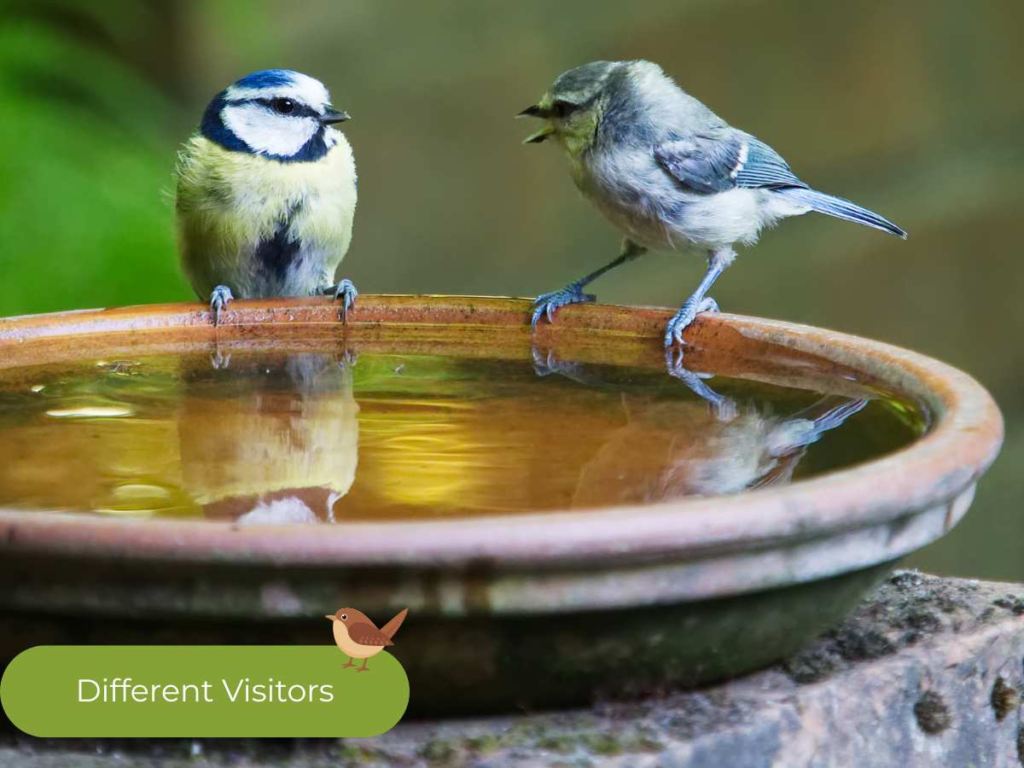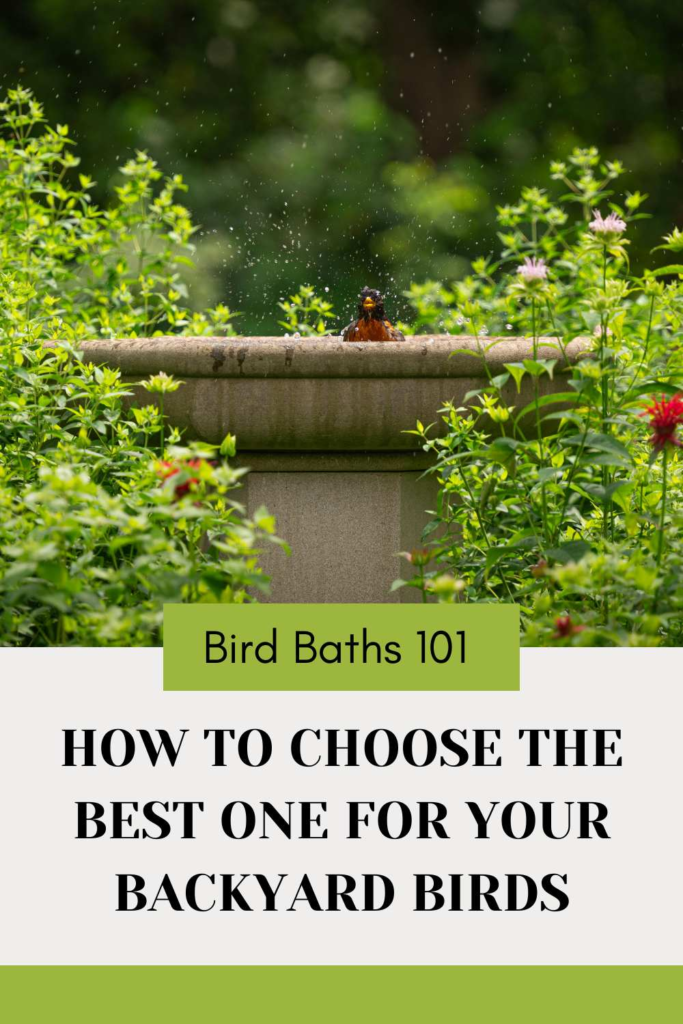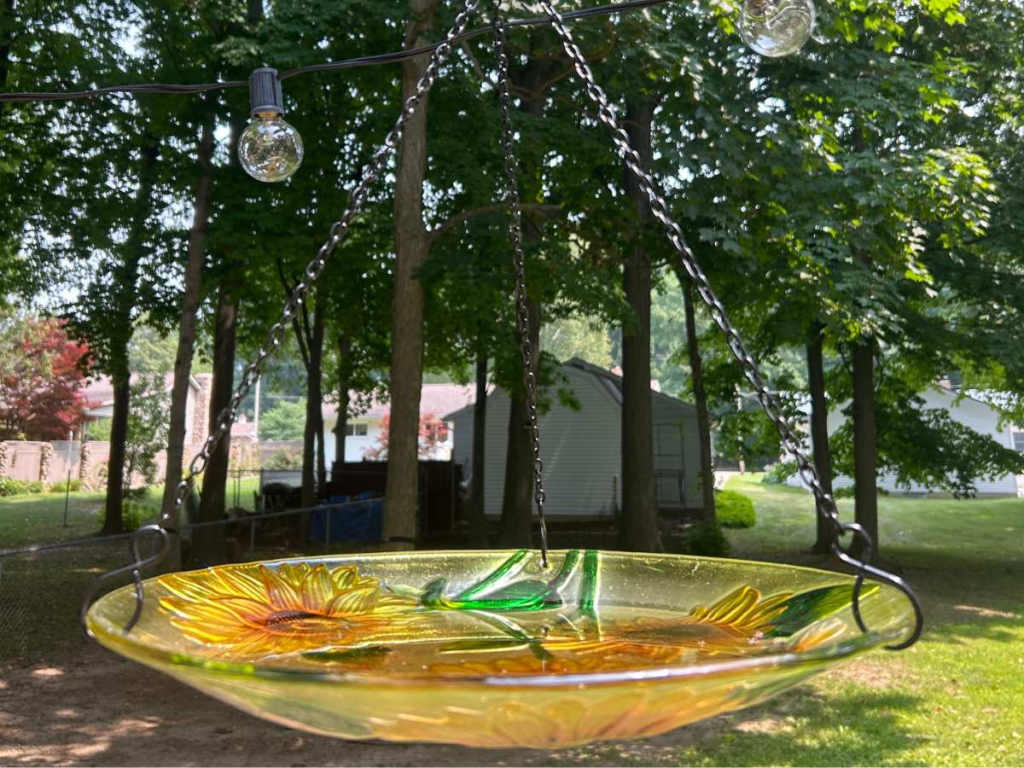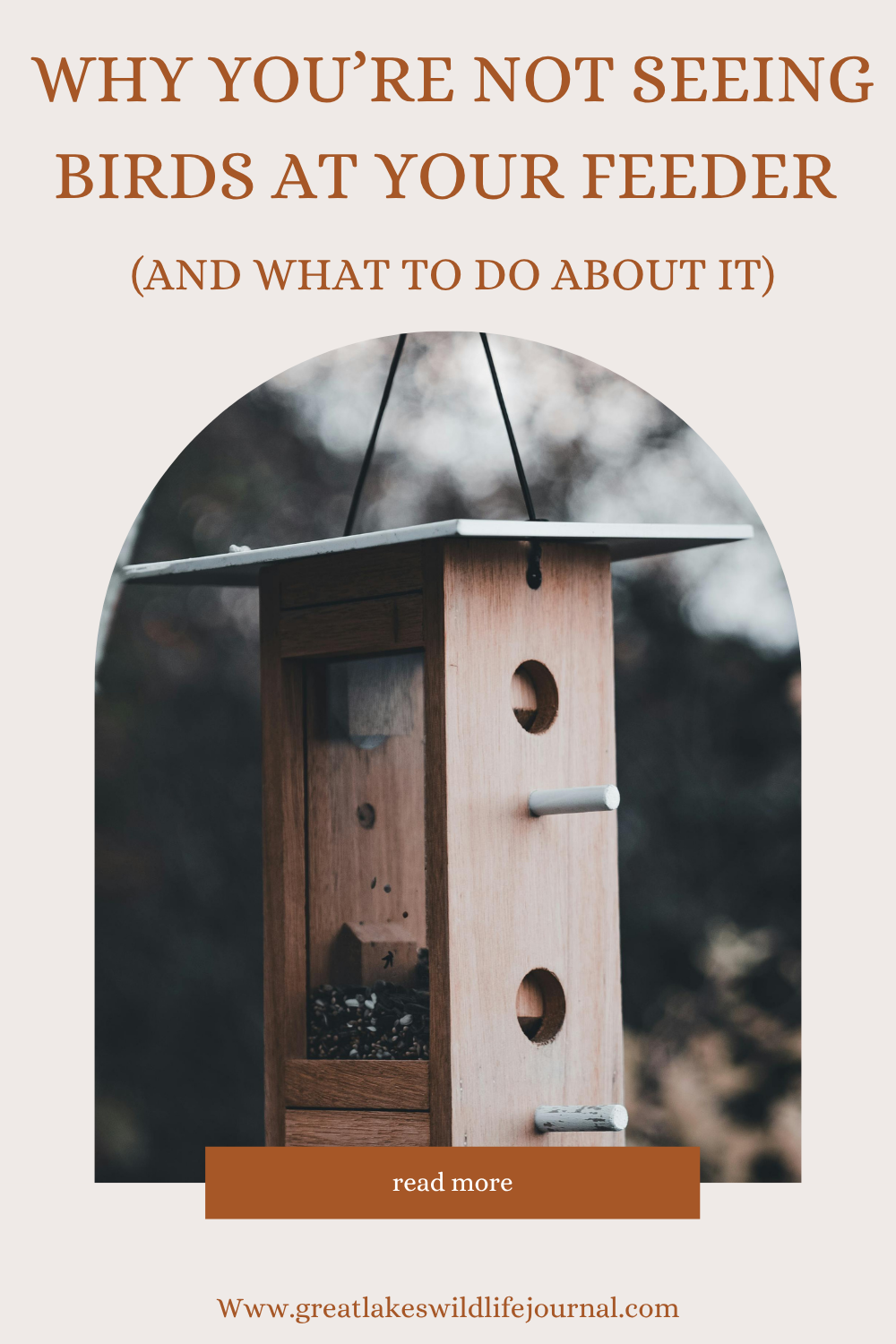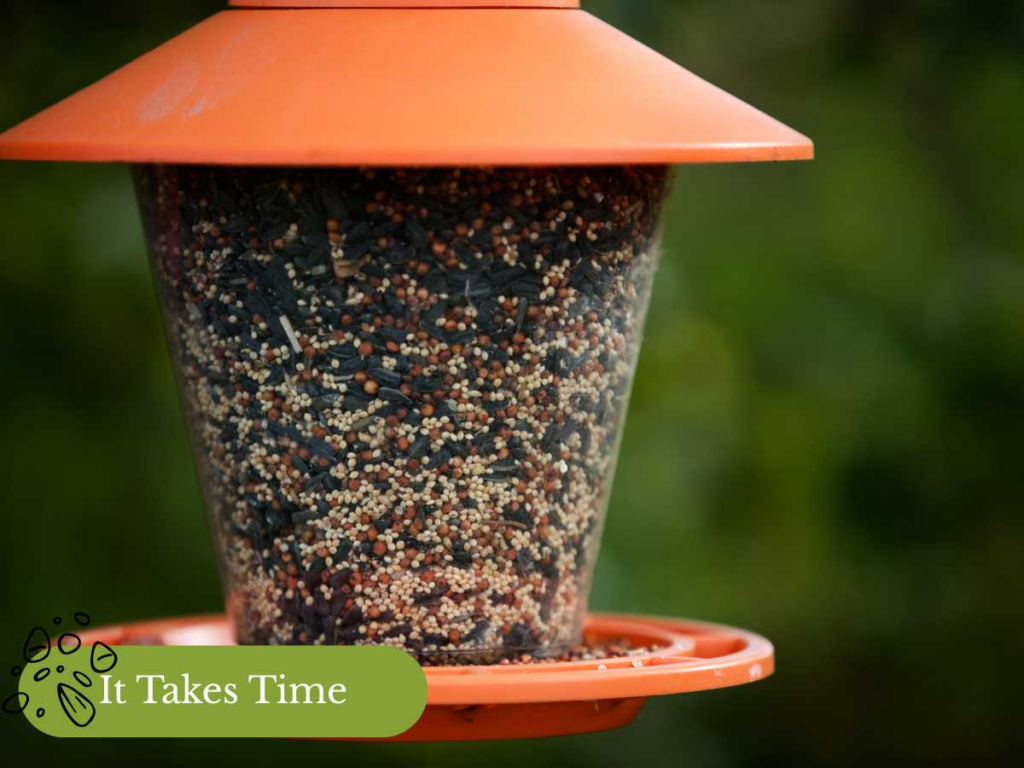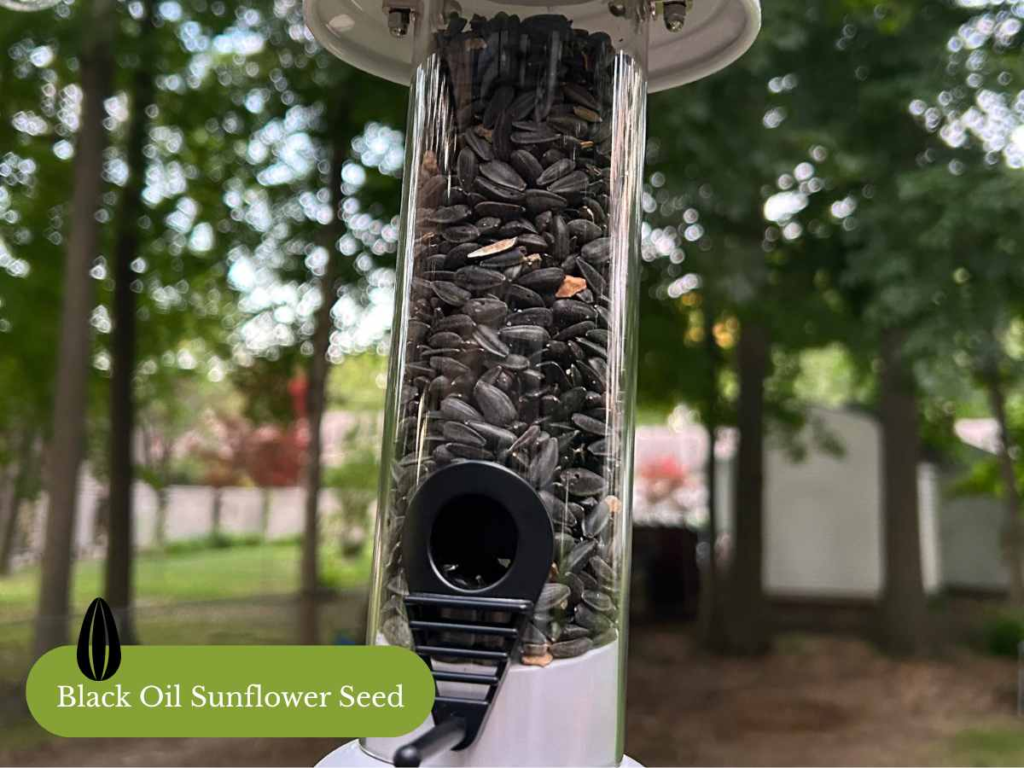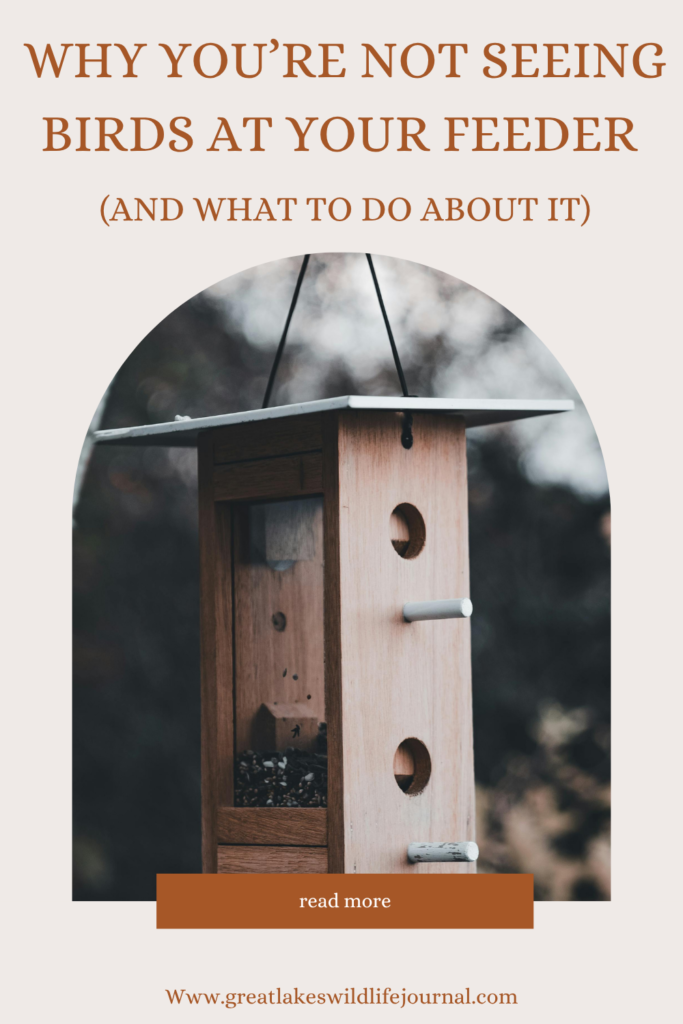Feeding birds is one of the simplest ways to connect with nature whether it’s tossing crumbs to ducks at the park or sprinkling bits of bread in your backyard. But while it feels kind, feeding bread to birds can actually be harmful.
Here’s why bread isn’t good for ducks, swans, or songbirds and what you can give them instead to keep them healthy and wild.

🥖 Why Bread Isn’t Good for Birds
Bread fills birds up quickly, but it doesn’t provide the nutrition they need. White and processed breads are mostly carbohydrates with little protein or essential nutrients.
When birds eat too much bread, they can suffer from:
- Malnutrition: They may look full but lack vital nutrients.
- Weakened feathers and immune systems: Making migration and survival harder.
- Dependency on human food: Birds may stop foraging naturally.
Bread is like junk food for birds. Tasty but unhealthy.
⚠️ The Hidden Dangers of Feeding Bread
Feeding bread creates bigger environmental problems than most people realize:
- “Angel Wing” in Waterfowl: Young ducks and geese that eat too much bread can develop a deformity called angel wing, which prevents them from flying.
- Water Pollution: Uneaten bread molds, grows bacteria, and fuels algae blooms that harm fish and other wildlife.
- Disease and Overcrowding: Regular feeding spots attract too many birds, spreading illness and creating unsafe, dirty environments.
- Pests and Rodents: Leftover bread draws rats and raccoons, which disrupt local ecosystems.
Feeding bread doesn’t just hurt individual birds but it can unbalance entire habitats.

🌾 What to Feed Birds Instead of Bread
If you love feeding birds, here are safe and nutritious alternatives:
- Black oil sunflower seeds: High in protein and energy for songbirds.
- Cracked corn or millet: Great for ducks, sparrows, and doves.
- Oats, barley, or cooked rice: Easy to digest and nutritious.
- Mealworms: A protein packed favorite for bluebirds and chickadees.
- Thawed frozen peas or corn: Perfect for feeding ducks safely.
- Fruit pieces: Try grapes, apple slices, or chopped berries.
These foods mimic what birds naturally eat, providing real nutrition without the downsides of bread.
💚 Responsible Bird Feeding
Feeding birds can be a beautiful way to connect with wildlife if done responsibly.
- Offer healthy, natural foods.
- Avoid processed human foods like bread, chips, or crackers.
- Keep feeders clean to prevent disease.
- Feed in moderation to avoid dependence.
If you visit a local pond, bring birdseed or thawed peas instead of bread. Your small action helps keep birds wild and ecosystems balanced.

🌿 The Bottom Line
So, is bread bad for birds? Yes and now you know why. Bread might seem harmless, but it can lead to malnutrition, disease, and environmental damage. By choosing healthier alternatives and spreading awareness, you’re helping protect birds across Michigan and beyond.
If you’ve fed bread before, don’t feel bad, most people simply don’t know. That’s why I write these articles. To educate and to inform about the best ways to care for birds and wildlife.
